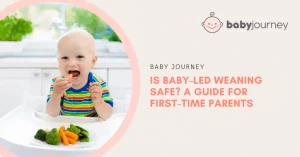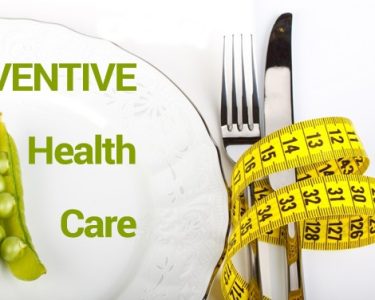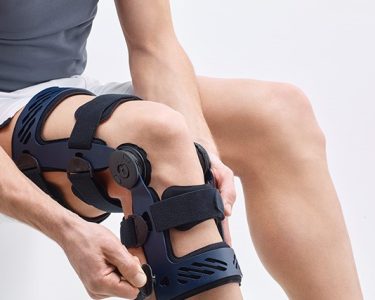Introduction
Starting your baby on solid foods is a significant milestone, and Baby-Led Weaning offers a unique approach that empowers infants to take the lead in their food journey. But when is the right time to commence this transition? In this article, we will discuss when to start Baby-Led Weaning, considering the appropriate age and developmental signs that ensure a safe and effective introduction to solid foods while fostering independence in infants.
The Appropriate Age to Begin Baby-Led Weaning
The ideal age to start Baby-Led Weaning is around six months. This timing is in line with recommendations from pediatric experts and organizations like the American Academy of Pediatrics (AAP). Waiting until six months provides several benefits:
1. Developmental Readiness: At six months, most babies have achieved essential developmental milestones, such as sitting up unassisted, which is crucial for safe self-feeding.
2. Adequate Gut Development: By six months, a baby’s digestive system is usually ready to handle solid foods.
3. Less Risk of Food Allergies: Delaying the introduction of solids until around six months may reduce the risk of food allergies.
4. Breast Milk or Formula Alone: Up until six months, breast milk or formula provides the necessary nutrition for infants.

Signs of Readiness for Baby-Led Weaning
While the appropriate age is essential, it’s equally vital to watch for specific signs of readiness in your baby. These signs indicate that your little one is prepared to explore solid foods:
1. Sitting Up Unassisted: Your baby should be able to sit up in a high chair or another upright position without support. This skill ensures safety during self-feeding.
2. Loss of the Tongue-Thrust Reflex: Infants younger than six months typically have a strong tongue-thrust reflex, which pushes food out of their mouths. Around six months, this reflex begins to diminish.
3. Pinching and Grabbing: Your baby should show an interest in picking up objects, bringing them to their mouth, and exploring their surroundings.
4. Chewing Motions: You may notice that your baby is making chewing motions with their mouth, even if no teeth have emerged.
5. Increased Appetite: Your baby may seem more interested in what you’re eating, displaying a curiosity about food.
Safety Considerations
Safety is a paramount concern when beginning Baby-Led Weaning. To ensure a safe start:
1. Avoid Choking Hazards: Offer age-appropriate foods that are soft, easy to grasp, and cut into manageable shapes. Avoid small, hard, or round items like grapes, nuts, or popcorn.
2. Supervise Closely: Always keep a close eye on your baby during meals. While they are learning to eat, be prepared to respond to any choking concerns.
3. Patience and Support: Understand that Baby-Led Weaning is a learning process. Your baby may not consume much food at first, as exploration and play are key components of the experience.

Conclusion
Determining when to start Baby-Led Weaning involves considering the appropriate age and watching for essential developmental signs in your baby. Commencing around six months, when your baby can sit up unassisted and displays an interest in food, ensures a safe and effective transition to solid foods. By fostering independence and providing age-appropriate, safe foods, you can embark on a Baby-Led Weaning journey that sets the stage for a lifetime of healthy eating habits.




